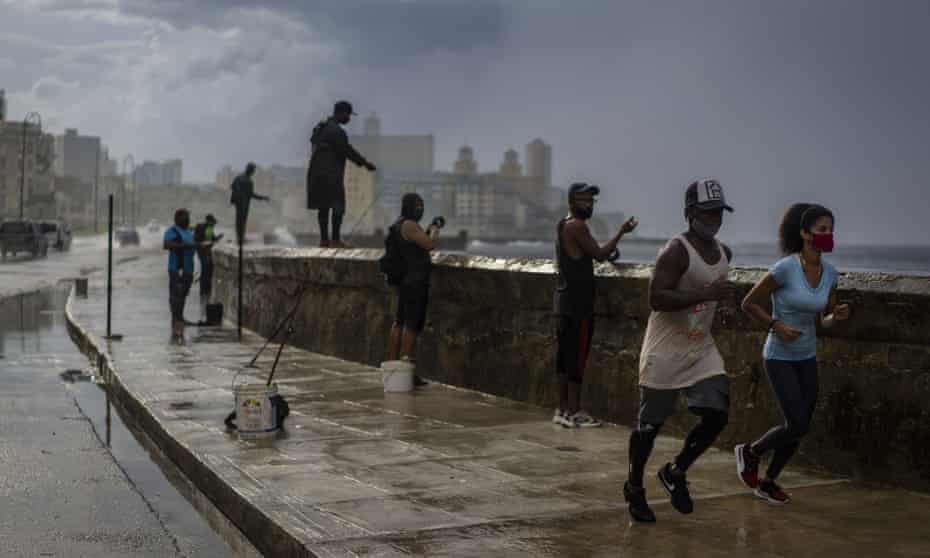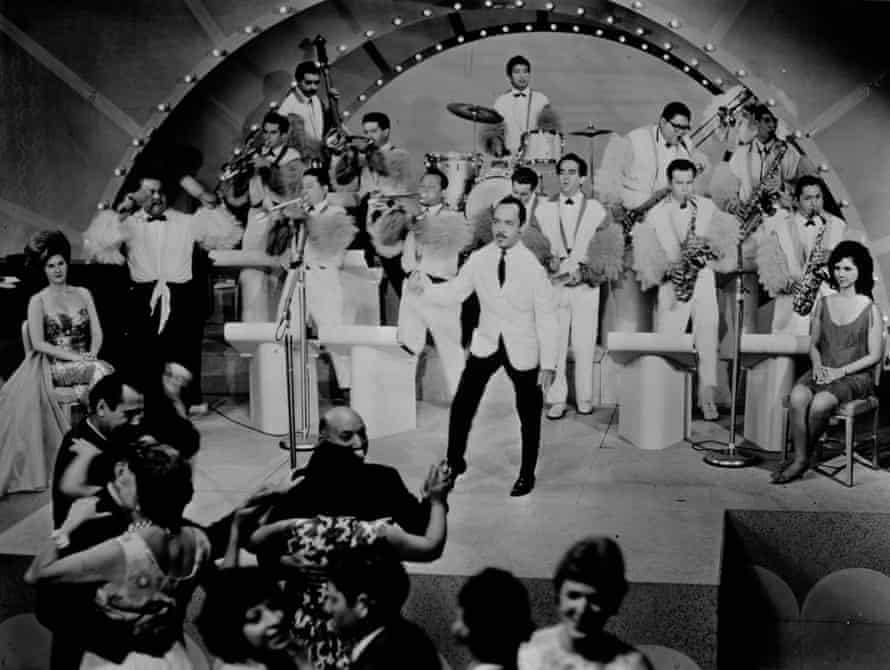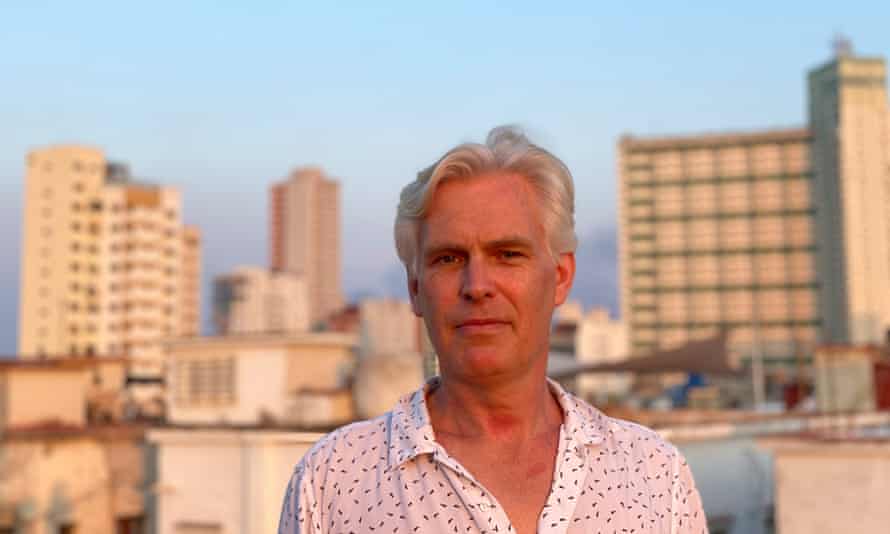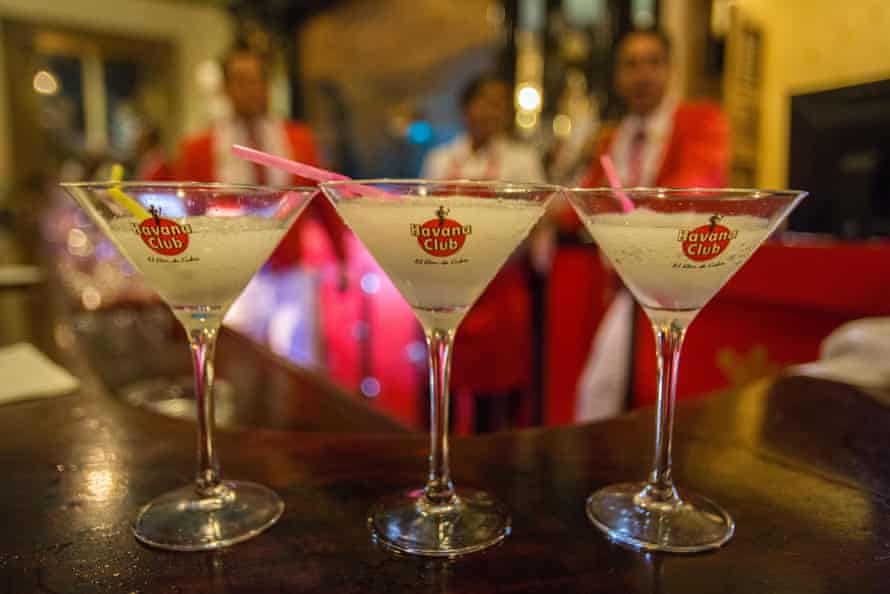A 1950s highway, bleached to sepia by the Caribbean sun, leads from Cuba’s Santa María beaches through palm and hibiscus. It passes close to the fishing village of Cojímar, crests a small rise and there is Havana, sweeping frontage wounded but upright against the turbulent waters of the Florida Straits.
During Havana’s first centuries, its vast natural harbour was filled with Spanish treasure ships waiting to be shepherded home against British and Dutch wolves. Alexander von Humboldt, visiting in 1800, wrote of “gazing upon the fortresses crowning the rocks east of the port … and the city itself half-hidden by a forest of spars and sails of shipping.”
Soon sirens set up on this rocky shore to sing to travellers. Graham Greene, in his memoir Ways of Escape, wrote of being drawn by the “brothel life, the roulette in every hotel”. The 1959 revolution swept all that away but, in truth, it just swept it under another layer in half a millennium of city life.
“If in 1820 Havana was the most intriguing and beautiful and rhythmic city in the New World,” Joshua Jelly-Schapiro wrote in his 2016 book Island People, “it was also those things in 1920 – and it remains so, beneath the crust of decay and politics, as we near 2020, as well.”
Cojímar, that fishing village, was where Ernest Hemingway kept his fishing boat, Pilar, but there’s a sense Habaneros want to shrug off Papa’s cult. In the neighbouring barrio of Alamar, where refugees from the wars in Latin America have created an edgy community, the Chanchullero restaurant has a sign outside saying Hemingway nunca estuvo aquí (Hemingway was never here).

The tunnel under the bay opens up, and I prepare for the guagua (bus) to dive beneath the fortresses that Von Humboldt described. I glance at the city into which I am to be thrown: at the Havana Libre hotel, the gold dome of the Capitolio, the waves frothing white on the corniche, or Malecon.
Adrenaline spikes the blood, as it always does. I’m as guilty as any foreigner of objectifying this city, but let me try to get under its skin.
Read

From the tunnel, I pop up in front of the Museum of the Revolution, the neo-classical, Tiffany-decorated pile where the pre-revolution dictator Fulgencio Batista (who built the tunnel) fled from heavily armed students. I get off near the statue of José Martí, one of maybe 10,000 in Cuba. The poet is falling dead from his horse as he charges, all but single-handedly, into Spanish lines during the wars of independence. To understand Cuba, it helps to imagine a forlorn, romantic poet charging to certain death.
The old town lies ahead: nostalgia for life on these narrow streets has driven many of the city’s best novels, often written from abroad. “Flowers spilling off balconies, and lichen on the sea-rotted walls, astragal fences and antique doors,” wrote Oscar Hijuelos in his award-winning The Mambo Kings Play Songs of Love.
Often the buildings are so rotted by rain they’re sliding into the street. But others, restored by the recently departed city historian Eusebio Leal, shimmer in newfound glory. It all adds up to what Cuba’s finest novelist Alejo Carpentier, called “the city of columns”.
Here, residents suck their teeth at passersby, machismo thrives and tolerance has to be fought for. Anna Veltfort’s superb graphic novel Adiós mi Habana portrays her disillusion after being attacked on the street in the 1970s for being a lesbian, then persecuted by the authorities for immorality.
Now, though, Havana’s streets are eerily safe. To find crime in Havana, you need the novels of Leonardo Padura Fuentes and his careworn cop hero Mario Conde.
Watch
Conde can also be found on Netflix, in the adaptation Four Seasons in Havana. He is played by Cuba’s most famous resident actor, Jorge “Pichi” Perugorría (non-residents include Andy García and Ana de Armas).
Yarini, a bar Pichi’s son has just opened, is now the city’s hippest spot. It’s a louche rooftop joint, named for a pimp who at the turn of the 20th century, with Cuba newly independent of Spain, came to represent cubanidad, the national identity. Chew on that alongside Yarini’s excellent fried snapper.
Wandering west, I cross Parque Central, where I’m almost run down by one of the iconoclichéd cars, a ’57 Chevy. These jalopies were the stars of an extended chase scene kicking off Fast and Furious 8, a blockbuster Cubans remember as a moment of hope, when in 2016 Hollywood arrived along with the Rolling Stones and Barack Obama, when it looked as if relations with the US might change.
In the barrio of Centro, the city becomes yet more gritty. I pass La Guarida, a grand mansion used as the set for Cuba’s most acclaimed film, Strawberry and Chocolate, and now the setting for Cuba’s most famed restaurant.
The stories these streets produce attract documentary makers, most recently Hubert Sauper and his wonderful Epicentro. Yet so much material remains hidden. “Most of the archives here have yet to be put online,” says Emilio Suárez González, a young archivist who teaches at Havana university. For the moment, the best online material can be found here.
Listen
There’s no music on the Malecon at the moment, which feels wrong. It’s the most unsettling aspect of lockdown.
Rafa Escalona, editor of the music magazine AM:PM, misses the sounds of the city: “The rhythm of popular music – reggaettón, reparto, timba, rumba, that people used to play on loudspeakers.” AM:PM is the place to go for Spotify playlists, say the 20 songs and albums of the last 20 years.
Music oxygenates Cuba and triggers memories: a moment in the Karl Marx theatre as the great Pablo Milanes sang Yolanda in a voice broken by age. It didn’t matter because the 5,500 strong audience was singing along, and I had started to worry we would float away on shared tears.
And where there’s music, there’s dancing, from the athleticism of Carlos Acosta – a dancer who rose from poverty to become hero of London’s Royal Ballet – to the salsa that draws vast numbers of visitors wanting to learn their Latin from those who know how: here, Havana D’Primera and Los Van Van are your bands. Shows such as Soy de Cuba and Kings of Salsa also offer inspiration. Lia Rodriguez starred in the latter; from the Malecon, I glance towards Bleco, a bar the dancer is building on a rooftop. She’s been developing an alternative online personality: the magnificent Zafraca, arguably the current exemplar of cubanidad – or at least of the creativity of Cubans going loco under lockdown.
See

Circumnavigating the Hotel Nacional’s gardens, I enter the Vedado neighbourhood. Roots of jagüey trees push up the paving stones outside elegant villas. Estudio Figueroa-Vives, on Victor Hugo park, is a private gallery representing a favourite artist, Belkis Ayon, soon to be subject of a show at Madrid’s Museo Reina Sofia. Dead at just 32, her affecting prints dig into the mysteries of Abakuá, the secret slave society that exists to this day.
Heading towards the sea again, I bump into Rafael Villares, a young artist with a blossoming international reputation. What does he miss when he’s away, I ask. “The smell of the salt,” he replies. As if to illustrate his point, a breeze from the north brings in the taste of the sea.
Taste

When food writer AA Gill visited Cuba he thought so little of the food he insisted on referring to it as “doof”. Slowly though, a more sophisticated culinary history is revealing itself. There’s casabe, crispy flatbread first made by the Caribbean’s indigenous Taino people; spicy salsa criolla to cut through the unctuousness of pork; and congrí – rice and beans – which is delicious if made with plenty of fat.
I especially recommend ajiaco. It’s a soup that contains so many ingredients – jerked beef, a “small” hen, yam, plantains, sweet potato are just the start – that it has become a metaphor for Cuba itself. Cuba even had its own Nigella, Nitza Villapol, whose show may now come across as comedy-Soviet, but whose ability to adapt recipes to shortages and hunger brought her love.
Before starting to cook, have a daiquiri. The mojito may be more famous but it doesn’t travel, and certainly not in winter. The daiquiri however, a mix of white rum, lime juice and sugar syrup, is a cocktail that stands, on one slim leg, next to the martini in sophistication.
I’m at my front door and from my terrace the sun will be setting over the sea. So I leave you with Cuba’s biggest hit of the past two years. “Me voy pa’ mi casa,” sings Cimafunk, Cuba’s latest superstar, slang for: “I’m out of here.”





